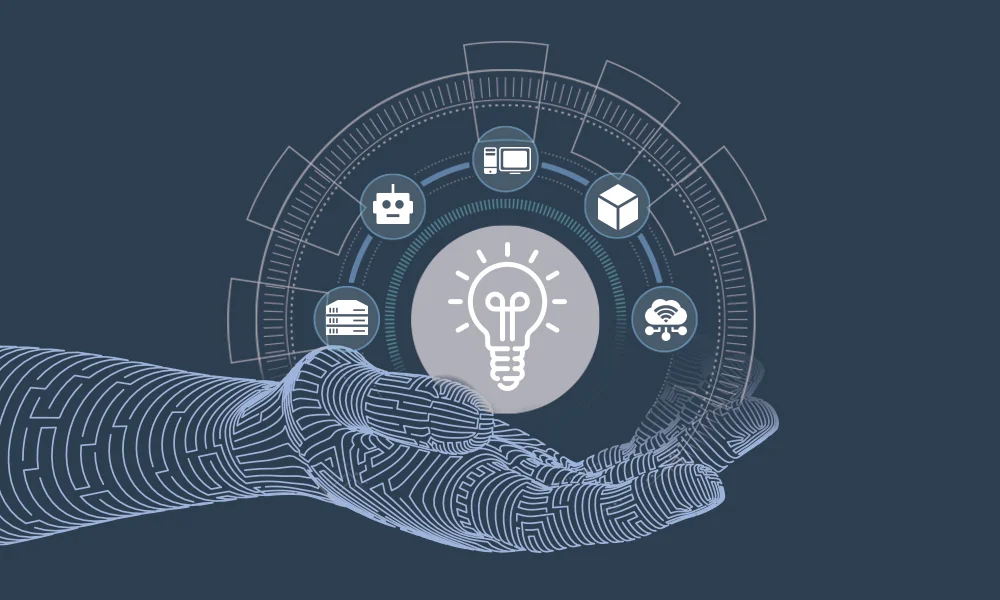If you have ever purchased goods on Amazon, made a payment using PayPal or simply searched a word meaning on Google, then you have experienced machine learning. The technology has been popular since long and has made our lives easier for decades. The prime reason why machine learning is gaining so much traction is that it actually works. The technology has made it possible to various scientific inventions such as Google’s self-driven car. It is not just hype but one of the biggest advancements in technology.
A large number of industries are defining machine learning as ‘the future’ but what does it really mean to us?
What is machine learning?
Understand machine learning like this. As human beings, we complete everyday tasks that require us to make decisions or identify something. But how would a computer perform the same tasks that as we do? That is where machine learning steps in. It is comprised of computer algorithms that teach computers and devices to perform tasks that humans do naturally on a regular basis.
At a very high level, Machine learning is a subset of artificial intelligence (AI) that offers computers the ability to learn and improve from experience without being explicitly programmed by humans. It primarily focuses on the development of computer algorithms that can access data and utilize it to predict outcomes accurately. Simply put, machine learning allows users to feed a computer algorithm a huge amount of data and let the computers to complete a task and make decisions using the input data. If any corrections are identified, the algorithm can incorporate that data to enhance its capabilities of decision-making.
Types of machine learning
Machine learning is basically divided into three major categories, which are mentioned below:

- Supervised Learning
Supervised learning is a popularly used type of ML where you have input and output variable, and you use a computer algorithm to learn the mapping function from the input to the output.
- Unsupervised Learning
Unsupervised learning is where when you only have input variables but no output variable. The computer algorithms are left on their own without any guidance in order to find the output.
- Reinforcement Learning
Reinforcement Learning is where no data is given as input and output variables. The computer algorithm finds through trial and error method which actions produce the most significant outcomes.
Why is everybody talking about it?
There is no denying the fact that everybody is talking about machine learning making it amongst the hottest topics in the technology world. The biggest reason behind ML being popular is its feasibility and practicality. Recent trends in technology have made a huge amount of data available to drive the exponential growth of machine learning.
Most industries with a large amount of data have recognized the value of machine learning to work efficiently and gain a competitive advantage.
Banking and Finance
Banks and financial organizations are using machine learning to gain valuable insights into the huge amount of data and reduce the chances of frauds.
Healthcare
Machine learning has allowed organizations in the healthcare sector to develop advanced healthcare products such as wearable devices and diagnostic machines for better treatment.
Sales and Marketing
Machine learning allows analyzing the buying trends of the consumers to promote the items they might be interested in buying.
Retail
Retail is amongst the top industry’s that has leveraged machine learning to boost sales and customer engagement.
Bottom Line
Machine learning has made dramatic improvements in the past few years. AI and ML combinedly have benefitted way more industries than any other recent technology. That’s the reason why people are trying to leverage the technology into their businesses to reap the benefits. We, as an agile IT company believe that incorporating machine learning into business processes will certainly have a gainful impact on progressive business organizations.




